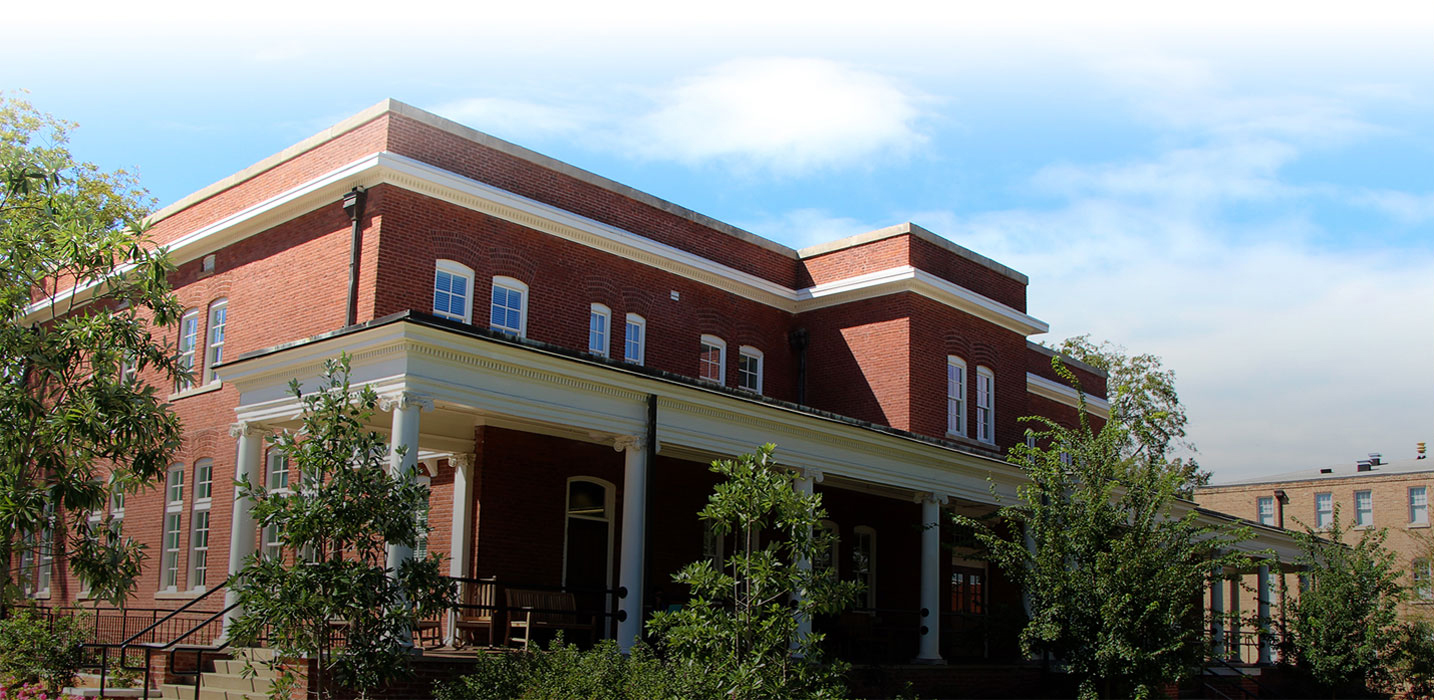Twenty-six University of Georgia faculty projects designed to improve teaching were recently funded through grants provided by the Office of the Vice President for Instruction, in collaboration with the Office of the Senior Vice President for Academic Affairs and Provost.
Each of the Summer 2013 Innovative Instruction Faculty Grants provides $5,000 for faculty to improve teaching and learning through innovative instructional projects, such as redesign of course curricula and materials, integration of new techniques or pedagogical strategies for a course, or exploration of a new instructional technique. The projects also focus on faculty improving instruction in high-demand courses (large lecture classes, courses involving multiple sections, general education courses, etc.), as well as those that integrate instructional technology.
“This is the second year these instruction grants have been funded to faculty, and once again, the selection process was extremely difficult, due in large part to the overwhelming number of submissions and the overall quality of the proposals,” said Laura Jolly, vice president for instruction. “This year’s submissions demonstrated further interest in technology to enhance the student learning experience, as well as interests in supporting current campus initiatives. This is strong evidence of the faculty’s commitment to improving teaching and learning and expanding beyond traditional instruction methods.”
Each of the 92 proposals was reviewed by three faculty members outside the college from which the proposals were submitted. The 26 projects, which included 40 faculty across the university, receiving grants were:
· Emuel Aldridge, New Media Institute, Grady College of Journalism and Mass Communication: “Coding and Merit Badges: New Components for NMIX 4110 (New Media Production)”
· Charles Byrd, Germanic and Slavic Studies, Franklin College of Arts and Sciences: “Integrating Student Videography and eLC-New in Elementary Russian I and II”
· Ike Choi, career and Information Studies, College of Education: “Developing A Mobile Peer Evaluation Tool for Any Classroom”
· Christy Desmet, Ron Balthazor andSara Steger, English, Franklin College: “Digital Barn Raising for a Peer Review Platform”
· Ellen Evans, kinesiology, College of Education: “KINS 2500: Exercise Is Medicine: A General Education Course Proposal”
· Kamal Gandhi, forest biology, Warnell School of Forest Resources: “Enhancing & Digitizing the Forest Pest and Pathogen Collection at UGA”
· Jennifer Gay, health promotion and behavior, College of Public Health; and Laurel Murrow, GRU/UGA Medical Partnership: “Bridging the Gap between Public Health and Medical Education at UGA”
· Allison Haley, Simon Platt and Marc Kent, small animal medicine, College of Veterinary Medicine: “Development of an Internet Based, Interactive Canine Neurology Teaching Model”
· Kelsey A. Hart, James N. Moore, large animal medicine; Robert M. Gogal, Veterinary Biosciences and Diagnostic Imaging; Ira G. Roth, small animal medicine, College of Veterinary Medicine; and Sun Joo (Grace) Ahn, advertising/public relations, Grady College: “Interactive Tools for Enhancing Instruction of Veterinary Diagnostic Skills”
· DeLoris Wenzel Hesse, cellular biology, Franklin College: “Developing a New Course in Sports Nutrition Needs of Recreational, Collegiate and Professional Athletes”
· Mary Hondalus andSreekumari Rajeev, infectious diseases; Brad Gilleland andChris Herron, Educational Resources Center, College of Veterinary Medicine: “Incorporation of Computer Animated and Interactive Laboratory Learning Modules and Clinical Case Workup for Enhancement of Veterinary Student Engagement and Retention of Veterinary Microbiology”
· Shelley Hooks, pharmaceutical and biomedical sciences, College of Pharmacy: “Active Learning and Assessment in Pharmacology Instruction”
· Imi Hwangbo, sculpture, Lamar Dodd School of Art: “A New Model for Technology in the Art Foundations Classroom”
· Sonia Janis and Mardi Schmeichel, educational theory and practice, College of Education: “Learning to Teach Social Studies in Authentic Settings”
· Kyle Johnsen and Hillary Tanner, College of Engineering: “Mobile Immersive Learning Environments for Engineering”
· Nadia Kellam, College of Engineering: “3D Printing and Maker Learning Communities in the First Year Mechanical Engineering Program: Encouraging Retention and Professional Identity Development”
· Fabien Kong, food science and technology, College of Agricultural and Environmental Sciences: “Using Flipped Learning to Improve Food Engineering Course at the University of Georgia”
· Paula P. Lemons, biochemistry and molecular biology, Franklin College: “Reinvigorating BCMB 3100 with Case Studies and Flipped Class Sessions”
· Richard Morrison, organic chemistry, Franklin College: “Development of a Library of Guided-Inquiry Clicker Exercises for Sophomore Organic Chemistry”
· Marisa Anne Pagnattaro, legal studies, Terry College of Business: “Apple Inc.’s Global Business Strategies: Balancing Law, Ethics and Human Rights”
· Julie Velásquez Runk, anthropology, Franklin College: “Fostering Interaction, Local Engagement, and Diverse Perspectives in ANTH 3541 Anthropology of Eating”
· Kristin Sayeski, communication sciences and special education, College of Education: “Addressing Dyslexia: Instructional Strategies for Teaching Reading”
· Janice Simon, art history, Lamar Dodd School of Art: “American Art and the Environmental View”
· Alan E. Stewart, counseling and human development, College of Education; and John Knox, geography, Franklin College: “Collaborative Research in Atmospheric Science: Probability Forecasting—Perception of the Probability of Precipitation”
· Brock Tessman, international affairs, School of Public and International Affairs: “Creating Conversations Outside the Classroom: A Cloud-based, Multimedia, Student-led Approach”
Zion Tsz-Ho TseandWilliam Kisaalita, College of Engineering: “Do-It-Yourself Approach for Learning Engineering Physiology.”
Posted May 24, 2013.






